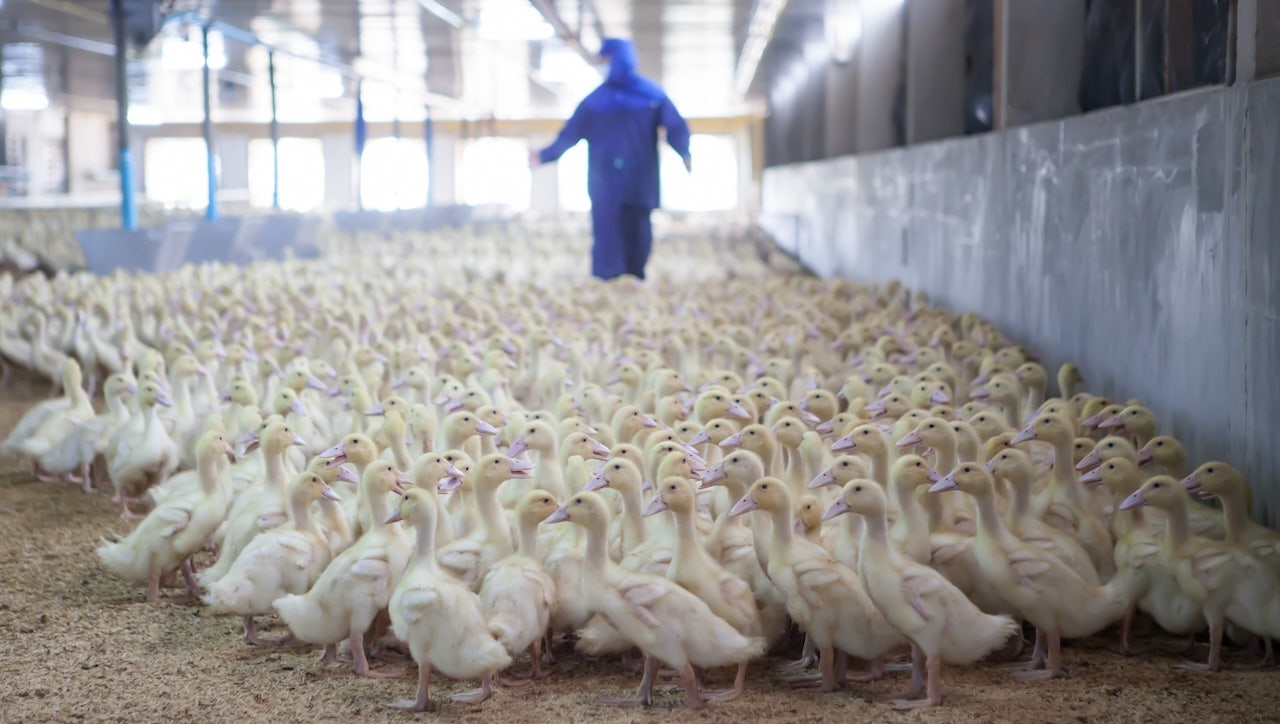The first ministerial meeting of the Global Alliance to End AIDS in Children marks a step up in action to ensure that all boys and girls living with HIV can access to life-saving treatment, and that HIV-positive mothers can have virus-free babies.
Ministers and representatives presented plans that include providing more pregnant women with testing and connecting them to care, and locating and caring for infants and children living with HIV.
hope and heartbreak
International partners explain how they would support them to achieve these goals.
“This meeting has gave me hope” said Winnie Byanyima, Managing Director of UNAIDSthe UN agency leading the global fight to end the disease.
“One inequality that breaks my heart is that against children living with HIV, and today leaders have committed to the decisive action needed to right it,” she added.
death every five minutes
Currently, one child dies every five minutes worldwide as a result of AIDS.
About half of children living with HIV, 52 percent, are on life-saving treatment, while 76 percent of adults are on antiretroviral drugs, according to the World Health Organization (WHO) has described as “https://news.un.org/feed/view/en/story/2023/02/one of the most striking differences in the AIDS response.”
Although children make up only four percent of people living with HIV, they are responsible for 15 percent of all AIDS-related deaths.
commitment and support
The UN Children’s Fund (UNICEF) welcomed the commitments made by the Heads of State and Government and pledged the Agency’s full support.
Every child has the right to a healthy and hopeful future, said UNICEF Deputy Director Anurita Bains, adding: “We cannot allow children continue to be left behind in the global response to HIV and AIDS.”
The Global Alliance to end AIDS in children was revealed at the AIDS Conference in Montréal, Canada, in July 2022.
The outcome of its first ministerial meeting, the Dar es Salaam Declaration of Action to end AIDS in childrenwas accepted unanimously.
No room for complacency
Tanzania’s Vice President Philip Mpango called for moving forward as a collective.
“We all have a role to play in our capacities to end AIDS in children,” he said. “The Global Alliance is the right direction, and we must not remain complacent. 2030 is on our doorstep.”
Tanzania is among 12 countries with a high HIV burden to join the Alliance in the first phase.
The others are Angola, Cameroon, Ivory Coast, Democratic Republic of the Congo, Kenya, Mozambique, Nigeria, South Africa, Uganda, Zambia and Zimbabwe.
Early testing and treatment
The work will focus on four pillars including early testing and optimal management of infants, children and adolescents; and to fill gaps in the treatment of HIV-positive pregnant and breastfeeding women eliminate transmission to their babies.
Countries will also focus on that prevent new HIV infections among pregnant and breastfeeding adolescent girls and women, in addition to addressing rights, gender equality and structural barriers that hamper access to services.
Progress is possible!
UNAIDS believes progress is possible as 16 countries and territories have already been certified to validate limiting mother-to-child transmission of HIV and/or syphilis.
While HIV and other infections can be transmitted during pregnancy or breastfeeding, prompt treatment or pre-exposure prophylaxis (PrEP) in at-risk mothers can interrupt the process.
Last year, Botswana became the first African country with high HIV prevalence to be confirmed on the path to eliminating vertical HIV transmission, meaning the country had fewer than 500 new HIV infections in babies per 100,000 births .
Botswana’s vertical transmission rate is now two percent, down from 10 percent a decade ago.





